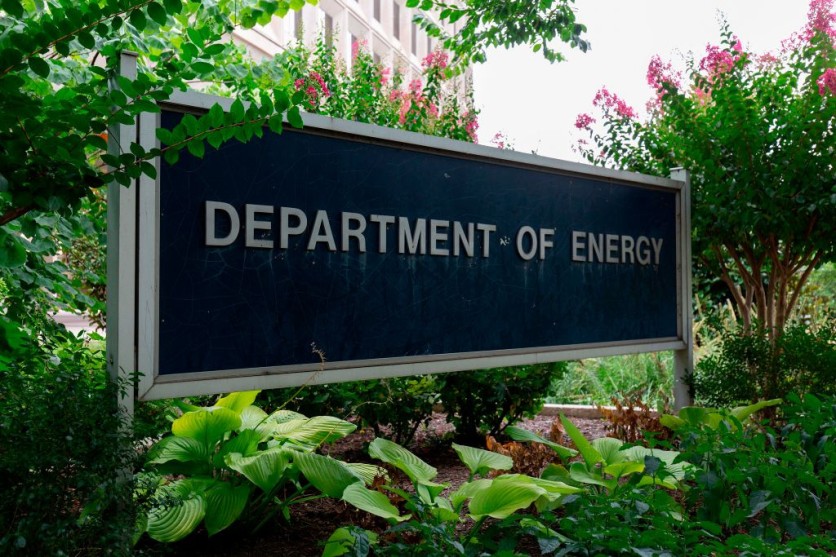The Biden administration is giving grants of up to $1.2 billion to two innovative direct air capture projects. These projects aim to remove 2 million tons of CO2 annually, equal to emissions from 445,000 gasoline cars.

Biden Administration Allocating $1.2 Billion to Carbon Capture Projects
The Department of Energy (DOE) has allocated substantial grants of up to $1.2 billion to support the ambitious goals of two direct air capture (DAC) initiatives.
Engadget reported that these cutting-edge projects have set their sights on a remarkable feat: extracting over 2 million metric tons of carbon dioxide from the atmosphere annually.
To put this into perspective, it is similar to vacuum cleaners sucking carbon dioxide out of the air, neutralizing the yearly emissions produced by approximately 445,000 cars fueled by gasoline.
Notably, these DAC projects, situated in Texas and Louisiana, will not only make a significant environmental impact but also serve as catalysts for job creation, potentially generating 4,800 well-paying positions in these regions.
DAC utilizes a chemical procedure to effectively extract carbon dioxide (CO2) from the ambient air. Once separated, this captured CO2 can be channeled into two environmentally impactful pathways: permanently stored deep underground in geological formations or ingeniously integrated into carbon-containing materials, such as concrete.
This innovative approach ensures that the CO2 remains securely sequestered, preventing its release back into the atmosphere. These pioneering projects in the US represent a significant leap forward in capturing carbon dioxide directly from the air.
They're the first large-scale initiatives of their kind and far surpass the capacity of the current largest project in this field. In fact, they're expected to remove more than 250 times the amount of CO2 compared to the existing largest project, as confirmed by DOE. This advancement holds immense promise for addressing our climate challenges.
Extracting 30 Million Tons of CO2 Annually
1PointFive, a subsidiary of Occidental Petroleum, is currently constructing a significant facility in Texas in collaboration with its partners.
The company's CEO envisions that, upon reaching full operational capacity, this facility will potentially extract a staggering 30 million tons of CO2 from the atmosphere annually.
These two initiatives mark the inaugural selections under the Regional Direct Air Capture Hubs program, funded by the Bipartisan Infrastructure Law.
The primary objective of this program is to tackle the challenges posed by climate change by establishing a network of comprehensive, large-scale carbon removal sites across the nation.
These sites will complement and harmonize with other ongoing efforts to reduce emissions, forming a cohesive strategy to combat climate impact. According to DOE, the scalability of DAC technology holds the potential to assist the United States in achieving its goal of attaining emission neutrality by 2050.
However, as highlighted by Reuters, it is crucial to swiftly drive down the costs associated with DAC technology to make a significant global impact and rapidly achieve the necessary scale.
The agency has unveiled a comprehensive strategy to reduce the expenses associated with DAC, with the ambitious target of bringing costs below $100 per net metric ton of CO2 equivalent by the close of the 2020s.
Related Article : US Department of Energy Announces $11.7 Million Investment for Research on Quantum Computing





